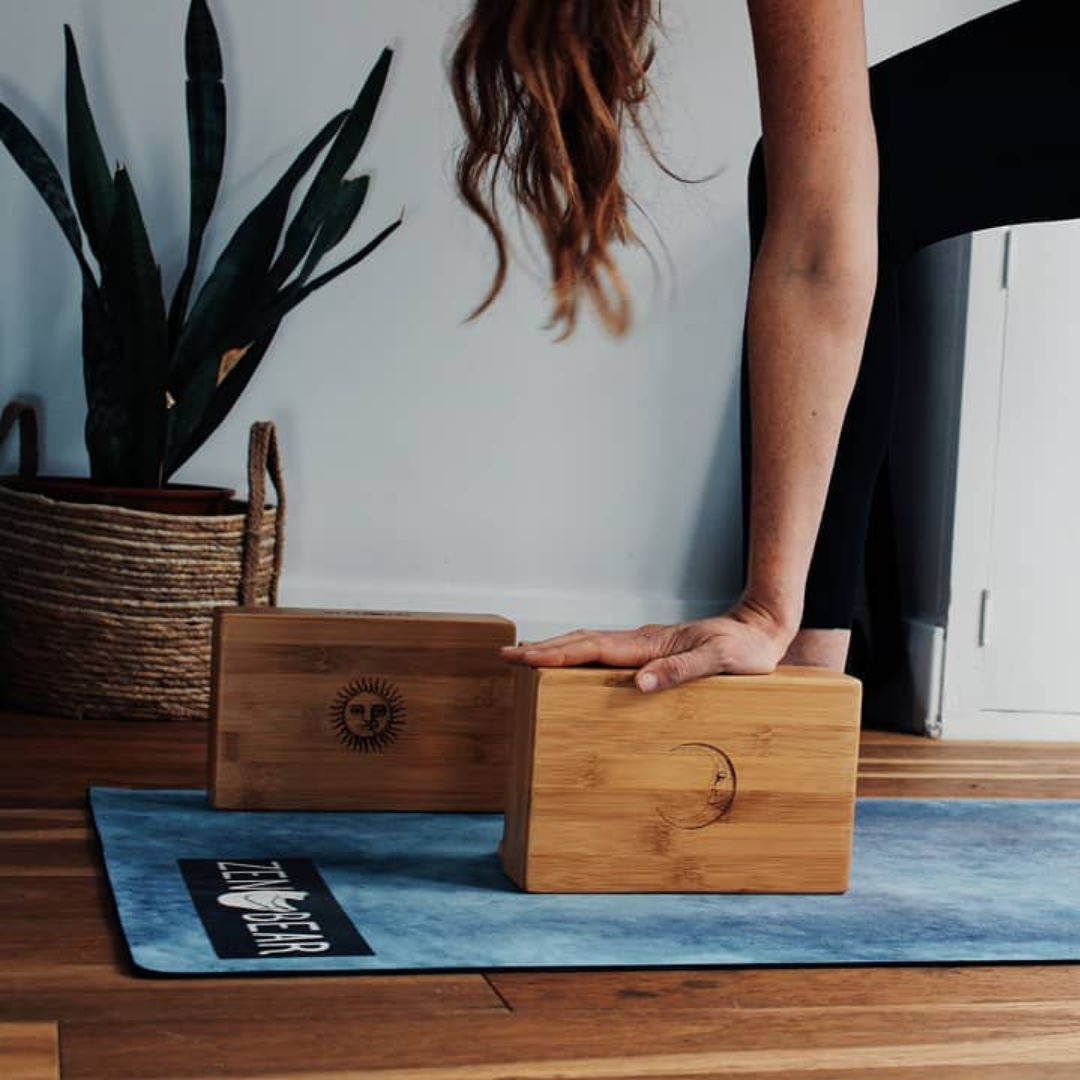7 Tips to Prevent Wrist Pain in Yoga
6 Simple Tips for a Pain-free Yoga Practice
1. Warm-up Gently Before Placing your Full Weight on your Wrists
It may sound logical, but many overlook this simple advice. Warming up is a necessity for all of us. However, as we get older, or if we have a history of wrist issues, we must warm up even better. Warming up not only improves lubrication of joints but also relaxes the adjoining muscles and improves the local blood flow. It also prepares your body for physical stress. The classical Sun Salutation is a very effective way to ensure that your body and your wrists are warmed up properly. You need to move on to bearing your full weight on your hands.
2. Strengthen and Lengthen the Muscles Surrounding the Wrists
Healthy wrists are strong, yet flexible. When the muscles around your wrist joint are balanced, it considerably reduces the risk of sprain, strain, or fracture. Slow and controlled hand-balances such as the Easy Crow Pose are a helpful way to build up strength and flexibility in the wrists.
3. Be Mindful and Evenly Distribute your Weight
Avoid placing too much stress on the heel of your palms or bending the fingers. You may need a bit of practice to do it the right way. Think about pushing the heel of your palms as well as all your knuckles and fingertips equally into the ground.
4. Spread your Fingers and Grip the Floor
In hand balancing postures, spread your fingers and think about lightly gripping the floor (without bending the fingers, though). Your hands need to be able to adjust to the constant micro weight-shifts that happen when you balance on them. The technique of spreading the fingers and lightly gripping the floor is essential to building up this sensitivity, and at the same time, it protects your wrists.
5. Strengthen your Core
If our core is weak, we have the tendency to shift the weight too much forward and to lean into the extended wrists. We lean away from the weak core and therefore end up creating even more extension in the wrists. By strengthening your core, as well as other large muscle groups that need to be active and well-coordinated in planks and hand balances, you will greatly reduce the risk of wrist strain.
6. Listen to Your Body and Take it Slow
One of the most significant reasons for wrist injuries & strain is over-enthusiasm. Most wrist injuries in yoga classes occur when beginning students want to do all the asanas and exercises correctly the very first time. It is imperative to listen to your body and remember that the wrists need time to adjust to the new challenges.
7. Use Yoga Props to Take the Pressure Off
Using yoga blocks under the wrists brings the floor closer to you when practicing certain yoga poses, and can take some of the pressure of the joints around the wrists. You can also fold over the yoga mat and place it underneath the base of the hand, so that there is less of a right-angle bend when placing the hands on the floor.

